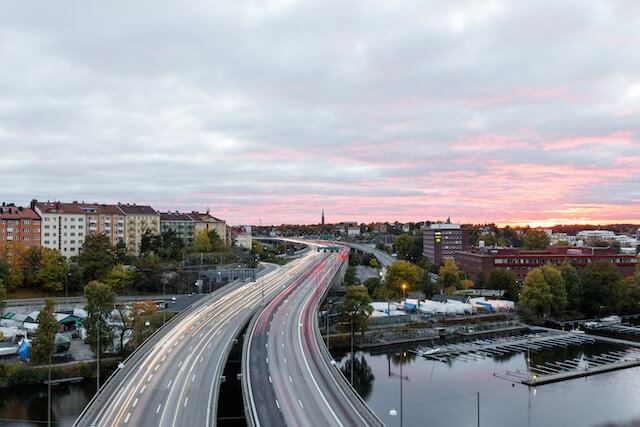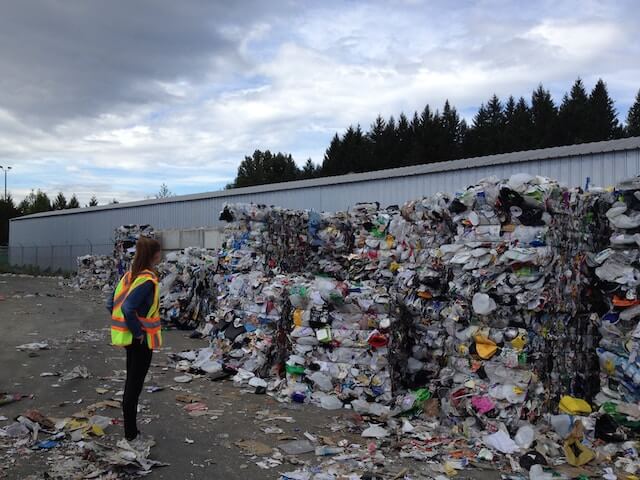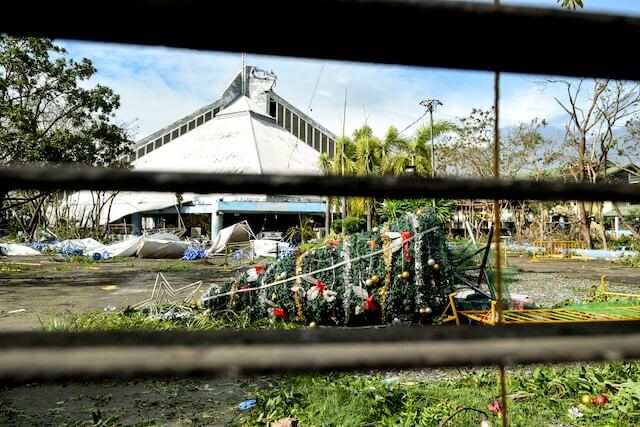Big data analytics is playing a crucial role in the development of sustainable smart cities as urban centers around the world harness the power of data to improve infrastructure, public services and overall quality of life.
By collecting, analyzing and interpreting large amounts of data generated from a variety of sources, urban planners and policymakers are gaining valuable insights that can help address the many challenges facing modern cities. From traffic congestion and waste management to energy consumption and public safety, big data analytics is reshaping the future of smart cities in many ways.
One of the key areas where big data analytics is having a significant impact is transportation. With the rapid growth of urban populations, traffic congestion has become a major problem in many cities, leading to increased air pollution, longer commute times, and decreased economic productivity. By analyzing data from a variety of sources, such as GPS devices, traffic cameras, and social media, city planners can identify patterns and trends to help optimize traffic flow, improve public transportation systems, and encourage the use of more sustainable modes of transportation, such as biking and walking.

Another important aspect of smart cities is energy management. As demand for electricity continues to rise, cities must find ways to reduce energy consumption and transition to renewable energy sources. Big data analytics can play a crucial role in this process by providing insight into energy usage patterns, identifying inefficiencies, and enabling the implementation of smart grid technologies.
For example, by analyzing data from smart meters, utilities can gain a better understanding of how and when consumers use electricity, leading to more effective demand response programs and optimized allocation of energy resources.
Waste management is another area where big data analytics can contribute to the development of sustainable smart cities. By collecting and analyzing data on waste generation, collection and disposal, municipalities can identify areas for improvement, such as increasing recycling rates, reducing the amount of waste going to landfills and optimizing waste collection routes. This not only helps cities become more environmentally friendly, but also saves significant money by streamlining waste management operations.

Public safety is also a major concern for city citizens, and big data analytics can play a vital role in enhancing security in smart cities. By analyzing data from a variety of sources such as surveillance cameras, social media, and emergency call records, law enforcement agencies can identify crime hotspots, predict potential incidents, and allocate resources more effectively. This can not only help cities reduce crime rates, but also improve the overall sense of safety and well-being of their citizens.
Big data analytics can also help cities become more resilient to natural disasters and other emergencies. By analyzing historical data on weather patterns, geological events, and infrastructure vulnerabilities, city planners can develop more effective disaster preparedness plans and improve their ability to respond. This can not only save lives, but also minimize the economic and social impact of such events.

In conclusion, big data analytics plays a key role in the development of sustainable smart cities and provides valuable insights. As the world continues to urbanize and the amount of data generated by cities grows, the importance of big data analytics in shaping the future of urban life will only increase. By harnessing the power of data, urban planners and policymakers can create smarter, more sustainable and liveable urban environments for the benefit of all citizens.
